Birdkin
As you chose to take the smaller bird-shaped doll from the basket, you can feel it move. It stops moving just as you stop drop it on the table.
You notice that a few documents have appeared around the place where you dropped the doll: medical excerpts, essays, summaries... A small note has been placed on top of the pile.
The following excerpt on the pile seems to come from a medical essay.
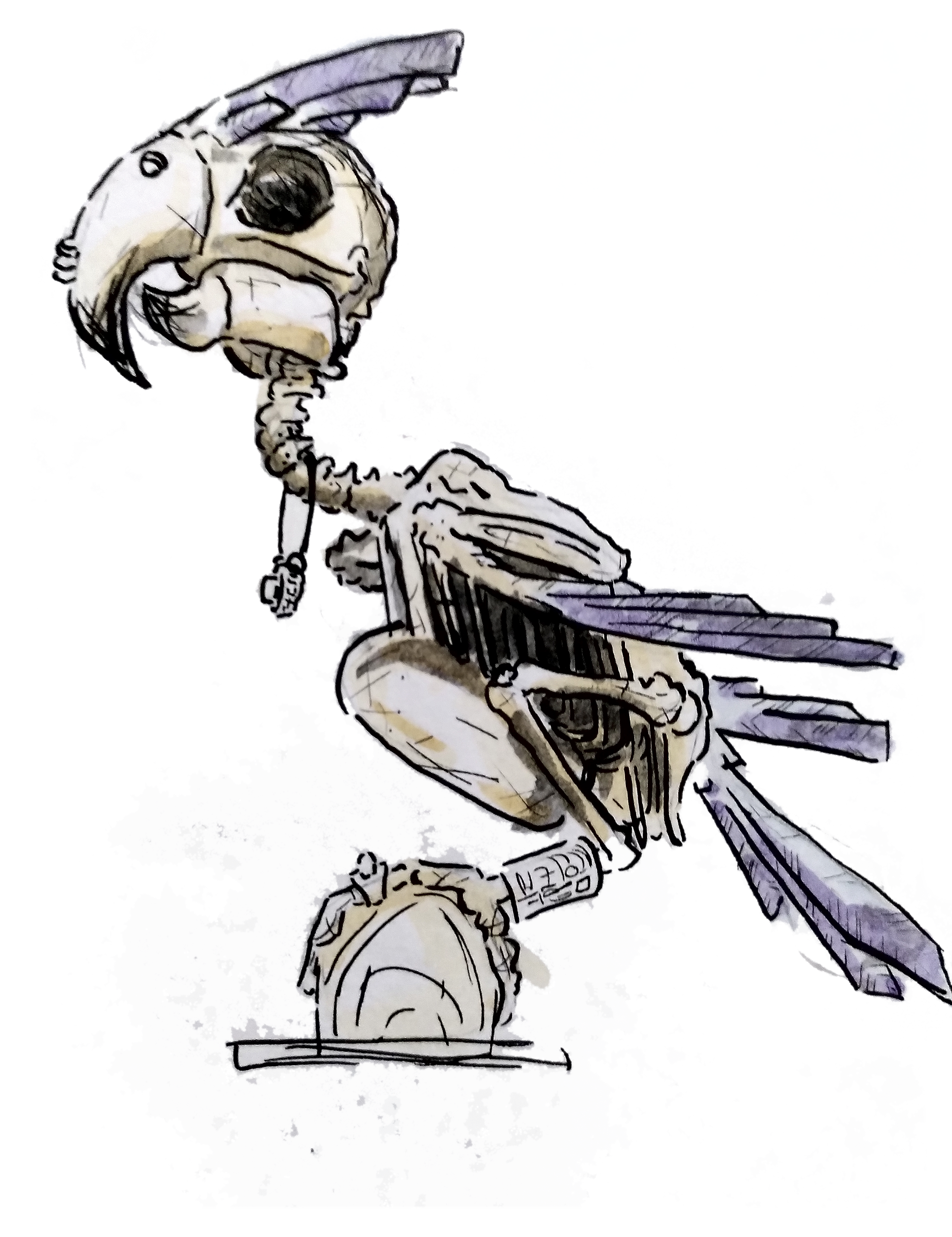
A few anatomical illustrations have been placed in the document place.
The last document is an excerpt from the essay is a fraction of an anthropology essay. As you look at the document, you feel like you could discover more to read by simply touching the paper.
Birdkins are one of the three dominant species of Humans species of this world. They are the largest parrot species of the Cylinder, and the only one almost universally recognized as people. Oddly enough, a wide variety of ethnic groups exist among the species, that vastly differ in terms of colors, patterns and feather length. Birdkins are particularly social creatures. Similarly to Condori, they typically mate for life, and share very strong bonds with their mates and their local communities. Along with Homini, they take some of the most active part in sedentary civilizations, although they often seem to be the victim of Homini systems of oppression. ... If I am honest, there is both a lot and very little I could say about Birdkins that would be useful for you right now. You are not even material, are you? Not really. Why would the nature of such a thing as inhabitants be of any use to you? Here are how things are going to go: I will a̶̫̔d̴͖̒͑ǰ̸̱̼̥͎́͘͝u̵̧̪͆̇̀͠š̸͉̳̼̫̅̃t̸͖̃͌͗̇the wooden doll you used. Should you take it, more information and visuals regarding the species will appear to you.The first document you find is an excerpt from a medical book.
Another document you find seems to come from a short essay.Birdkins are the largest and most intelligent species of macaw in the Cylinder. They share most of their morphology and apparent physiology with an estimate of fifteen other species of jungle birds. However, Birdkins do have specific distinct features. They are characterized by their particularly large head even for the genus, their feather crest, and their general intelligence. Birdkins are likely the single most spread species in the Cylinder, being found everywhere including places where other human species are not found. Like all birds, Birdkins have a morphology that is perfectly adapted to flight. They have lightweight bones, very strong upper muscles, and long wings. Birdkin are specialized in short bursts of agile power-flight. Thanks to various wing and tail prosthetics developped around the world, they can however easily adapt to gliding or soaring flight over longer distances.
by Pouaseuille
Body tints and colourings
Birdkins are known to have a wide variety of foliage colourings among their species, a relatively uncommon feature among birds. Indeed, different ethnic groups usually have relatively different feathers, that make them easy to identify. For example in the case of city birdkins, Nordics often have a whiter belly, and green to blue wings and back, while the Southern Birdkins have a yellow to sand-like colour on their belly, and a redder back. The following image shows the difference between a city bird from the Southern deserts and a city bird from the Nordic tundras.by PouaseuilleSimilarly, City birds and tribal birds have very different colourings. The tribal perrots usually have much more white and purple on their feathers than the city birds, that usually have a blue to black tail and crest and a coloured body. In addition to their natural variety, colouring differences have also been artificially created by humans. Indeed, while some city Birdkins are used as slaves or workers by humans, others are more treated like pets or counselors by aristocratic families and leaders. Because the nobles want to have a well-bred, noble bird, some colourings exist only among these birds. The following image represents the difference between the working-class birds of Hubrivay and their aristocratic counterpart. One can easily guess that the long crest and tail are not highly practical for physical work, and that these noble birds are quite dependant on their humans.by Pouaseuille
Another document appears to be a large relation tree. It seems to indicate the genetic link betwee between Birdkin populations. You... are not sure of what to think of it.
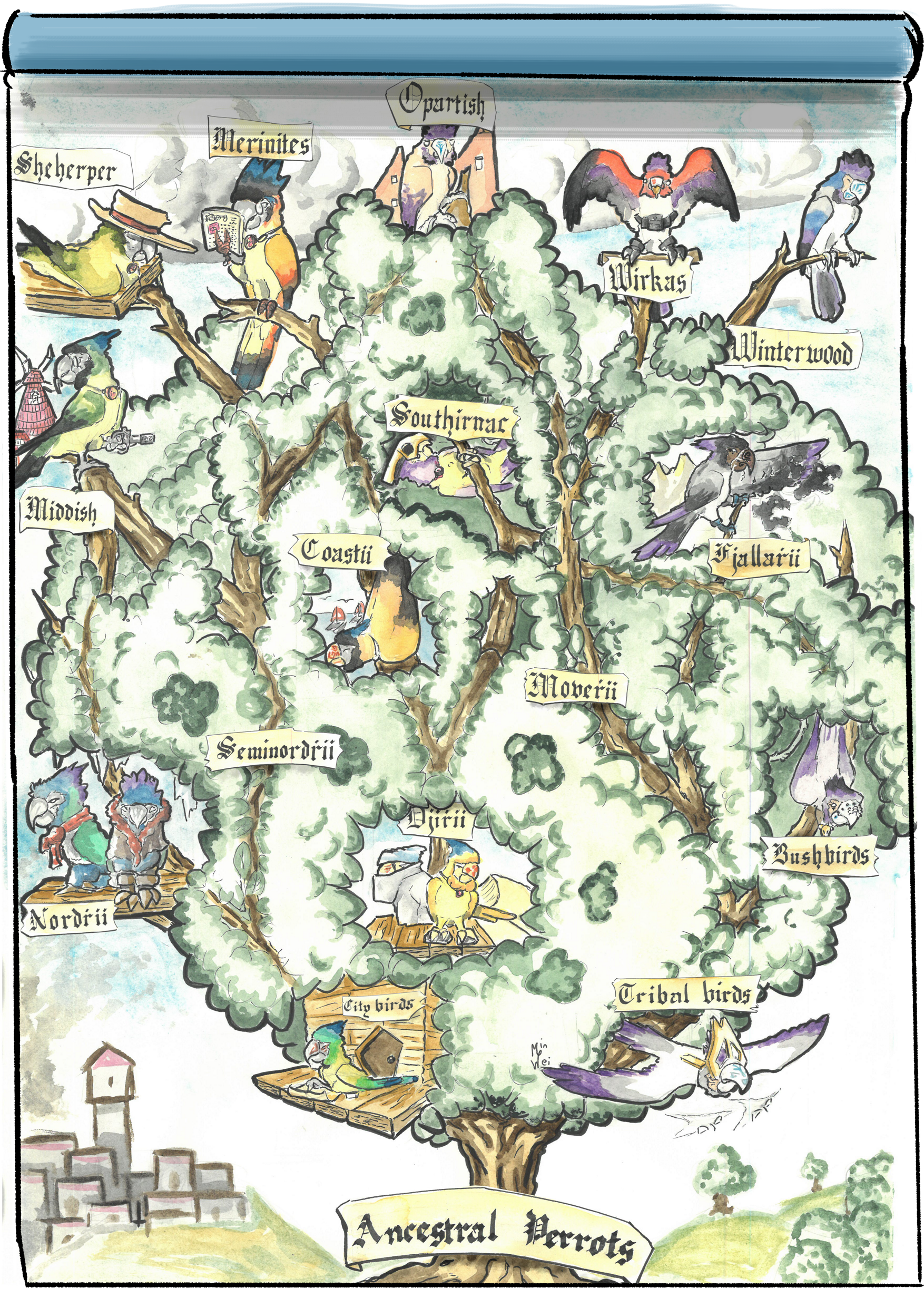

by Pouaseuille

by Pouaseuille
(...)
With very few exceptions, Birdkins are a highly monogamous species. They form deeply emotional bonds with their partners, and often remain with them for several decades at a time, or until their partner's death. Although that is highly variable among cultures, Birdkins do not typically reproduce often in their life. They will usually lay one to three eggs at a time, and often raise their hatchlings until adulthood before having more offspring. More often than not, Birdkin couples will only have two or three children in their entire life. Eggs can be laid at any time of the year, although it is less common to lay in winter and icick than in spring or summer. The eggs are then brooded by both parents in a warm hammock for around 40 days, before they hatch.Growth stages and life cycle
As they hatch, young Birdkins are extremely dependants to their parents. They are completely blind for 20 to 40 days, and can barely move with coordination. They are extensively mouth-fed by their parents for three to four seasons, before they can handle their food with their own beak and claw. They are almost entirely featherless, and grow their first plumage between half a year and one year. The fledgling usually reach their adult size in one year and a half. However, they are usually incapable of flying before age two, and rarely leave the house. After they learn to fly, the young birds start to form social bonds with other birds and creatures out of their houses. In some cultures, they also go to school. However, Birdkins generally remain dependant on their parents at least until age 14, often later. Birdkins are known to live up to age 80 and more. As such, they experience aging. Older birds are generally known to have a wrinkled face, and progressively lose feathers around their face and under their wings. Very old Birdkins often have an entirely naked face and belly, and have great difficulties to fly or to withstand cold temperatures.by PouaseuillePsychologically, the growth of a Birdkin is relatively slow as well. They often utter their first words between age one and two, and then undergo a long social and cultural education from their peers and parents. What is more, while they reach sexual maturity between age 12 and 16, Birdkins usually reach their psychological maturity around age 20 to 25. For six to ten years, they undergo major physical and psychological changes, as they slowly adapt into their world. This "adulescent" phase of birdkins development is similar to the humans' teenage, and is often characterized by tumultuous relations with a bird's family, friends, and mentors.by Pouaseuille
A few anatomical illustrations have been placed in the document place.
by Pouaseuille
by Pouaseuille
The last document is an excerpt from the essay is a fraction of an anthropology essay. As you look at the document, you feel like you could discover more to read by simply touching the paper.
(...)by PouaseuilleBeauty Ideals
Physical appearance plays a major role in the Perrot societies. While beauty in itself is regarded as subjective to one's eyes, and does not play a role in emotional attraction, birds are generally expected to have an allure of sorts, meaning that one's physical appearance is expected to be in accordance with one's social function and status. As for example, a shaman is expected to have a lot of talismans, pendants and other enchanted items about their person, a smith or someone working with fire is expected to have their feathers in a darker tone than usual, an old warrior is expected to have scars. While the nature of one's outfit varies greatly between cultures, a lot of specific codes remain the same everywhere in the Cylinder. Everywhere, the same basic symbols are associated with the same functions.Gender Ideals
Sexual dimorphism does not exist among Perrots. As a result, Perrot societies are almost entirely genderless. Relationships are based on emotional attraction, and when couples happen to be unable to produce children, they are given eggs by the rest of the group.Relationship Ideals
Perrots are deeply emotional beings, that attach great importance to their relation with their peers. They form couples for extended periods of time, often remaining with the same bird for decades until their death. What is more, perrots living outside of great cities attach a lot of importance to their tribes: They are distantly related to most of them, and consider their village as an extension of themselves. This is less the case for birds living among humans, where city perrots are more individualistic than tribal perrots. That can be explain by the fact that city perrots live in more densely populated area, and are often forced to move from one city to another because of slave trade. They quickly lose contact with their family, and tend to regard their whole species as a block. To that matter, City Perrots have a friendly behavior toward most other Perrots, while Tribal Perrots tend to be cautious around foreigners. (...)

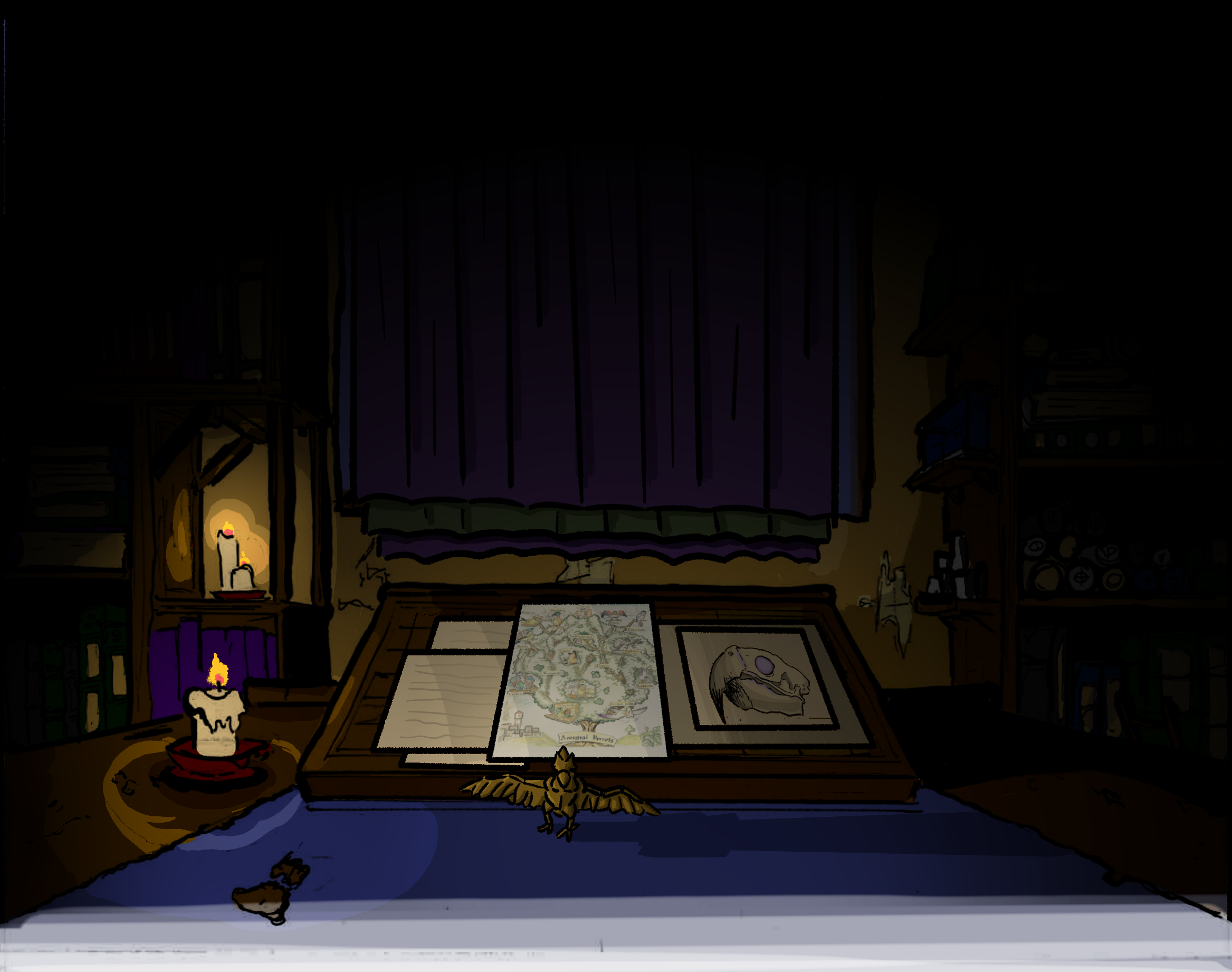
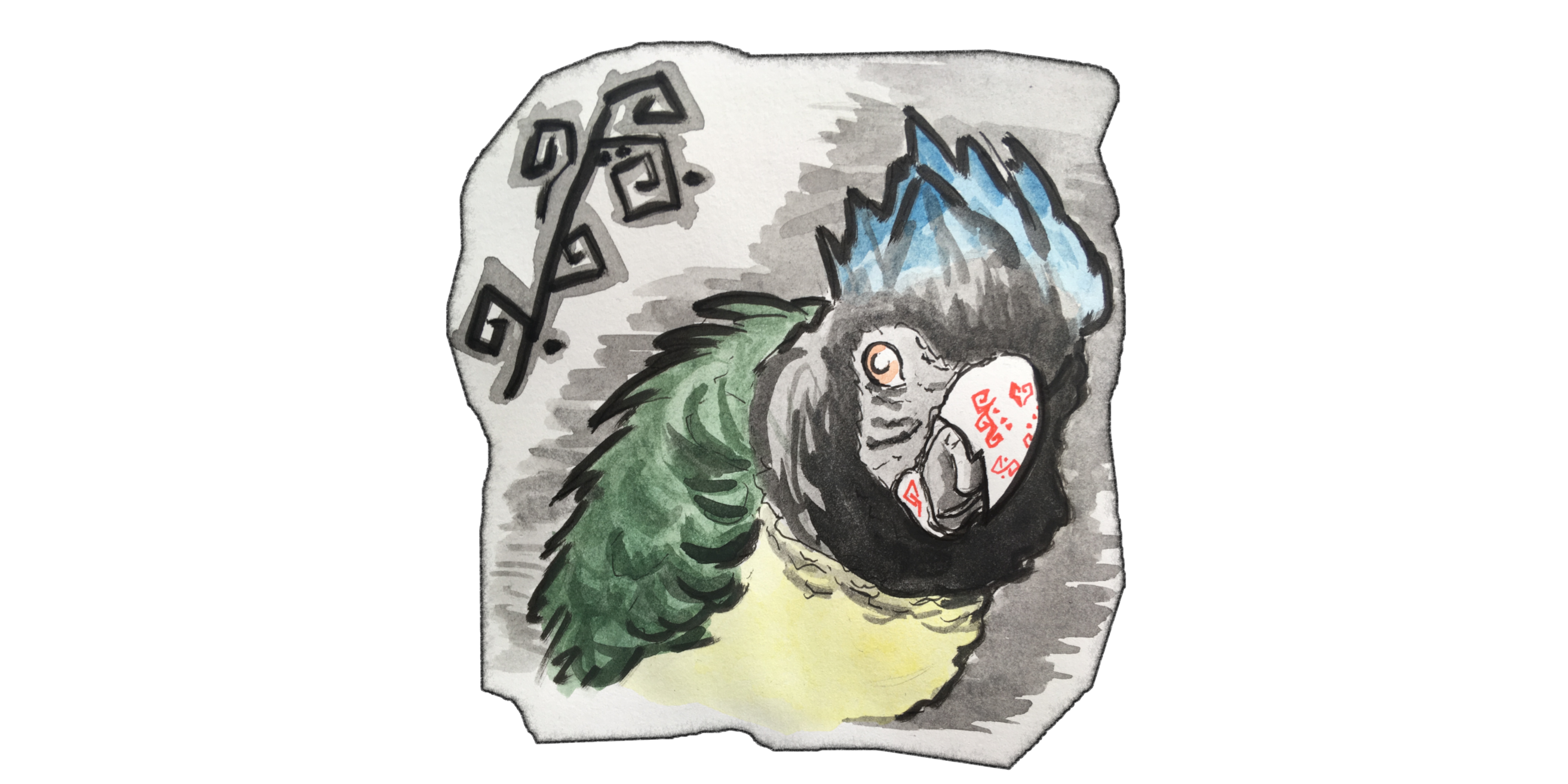
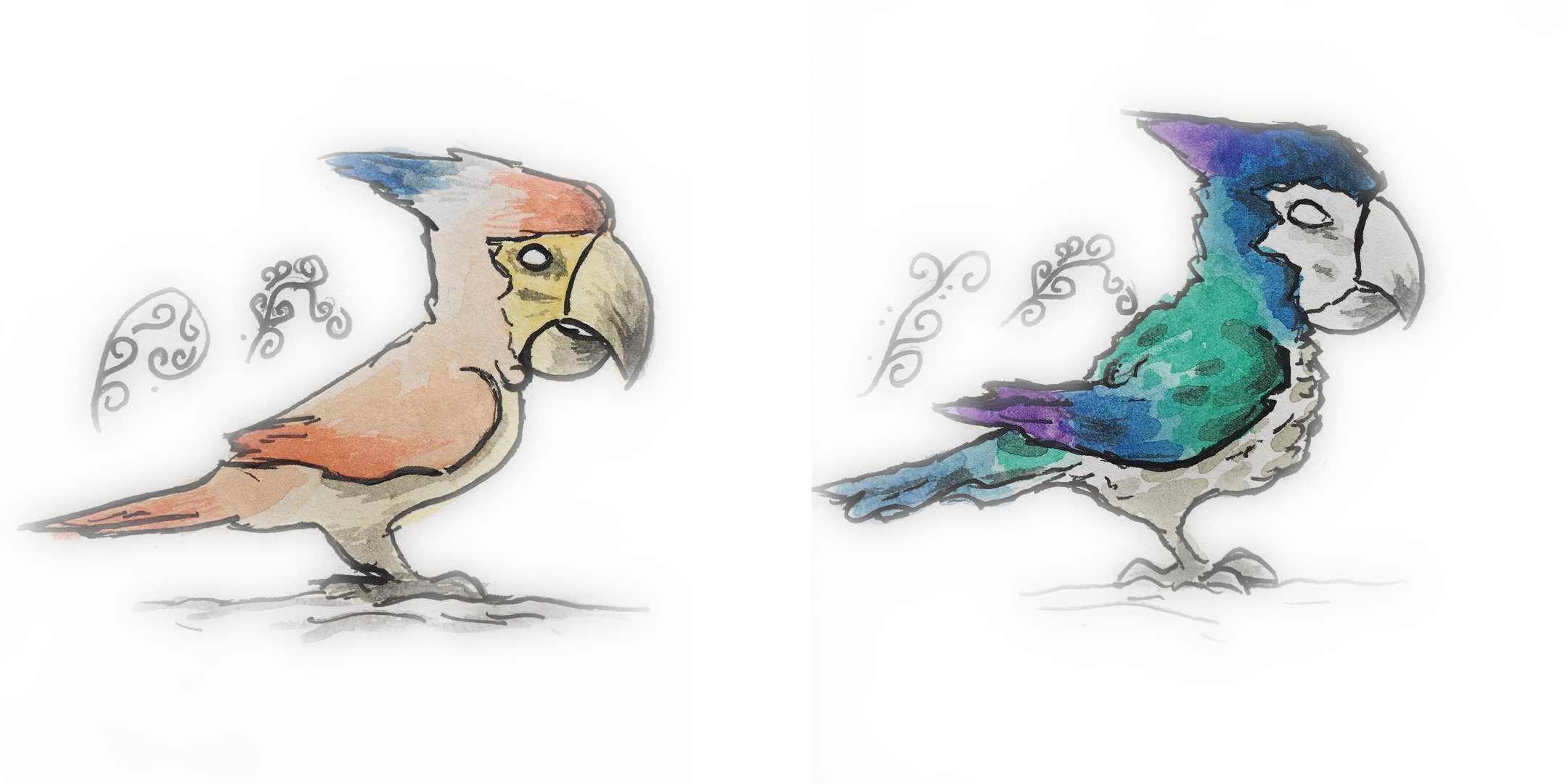
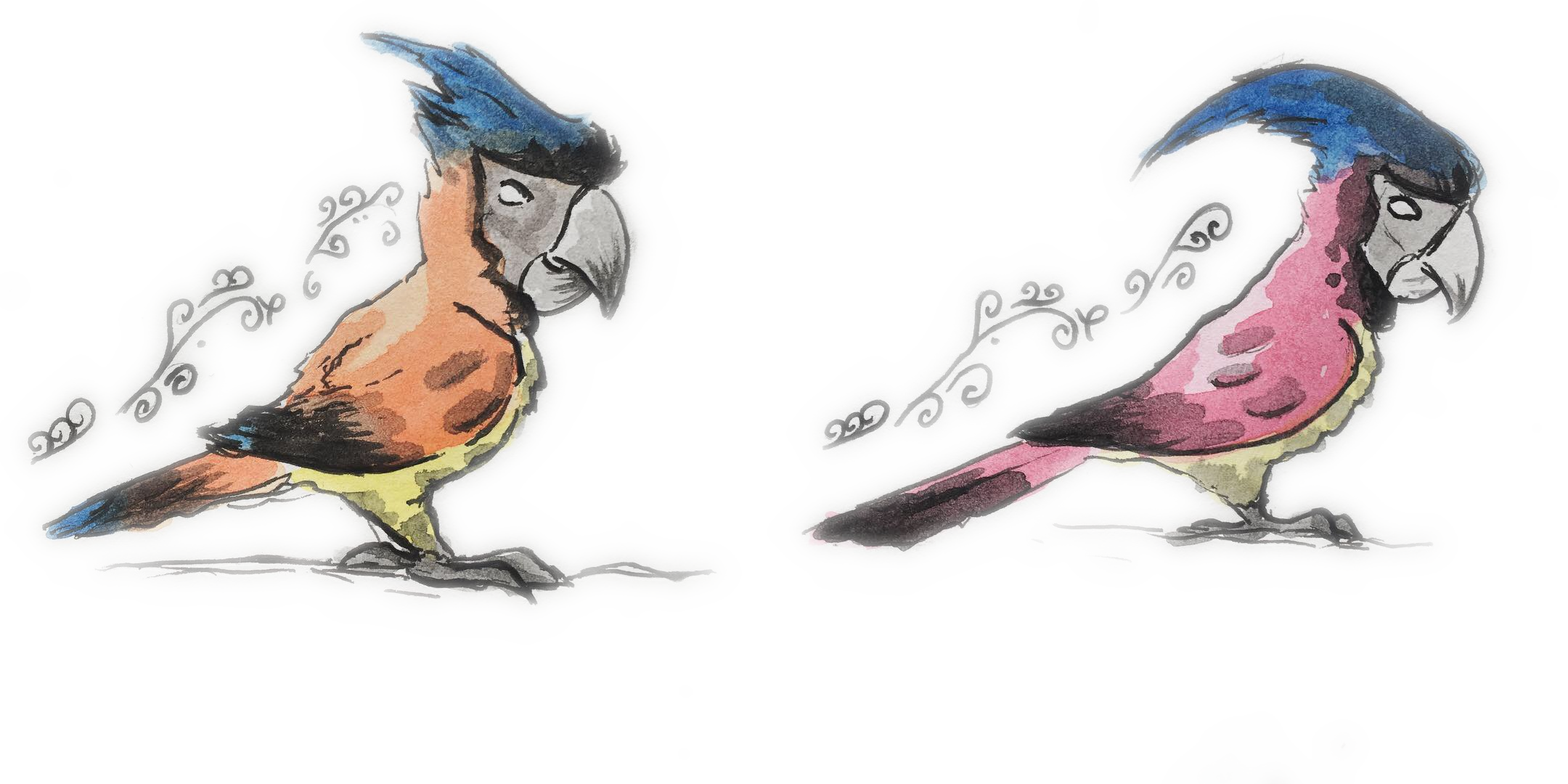
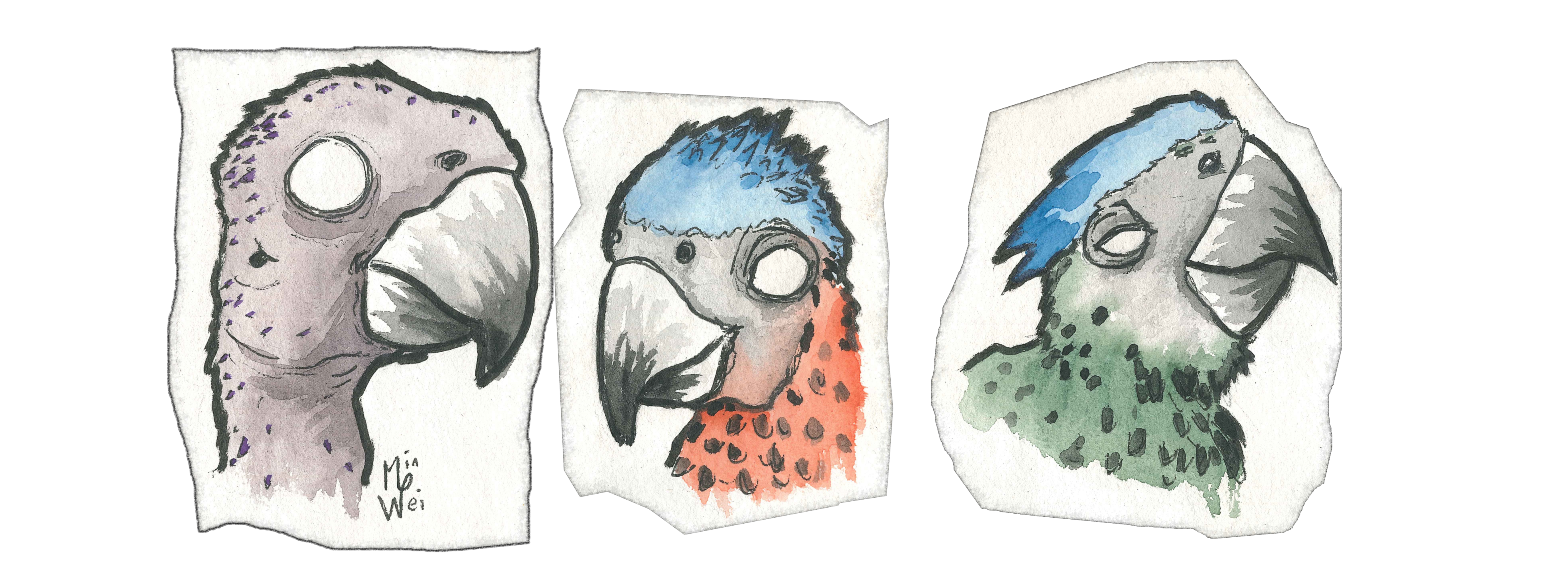

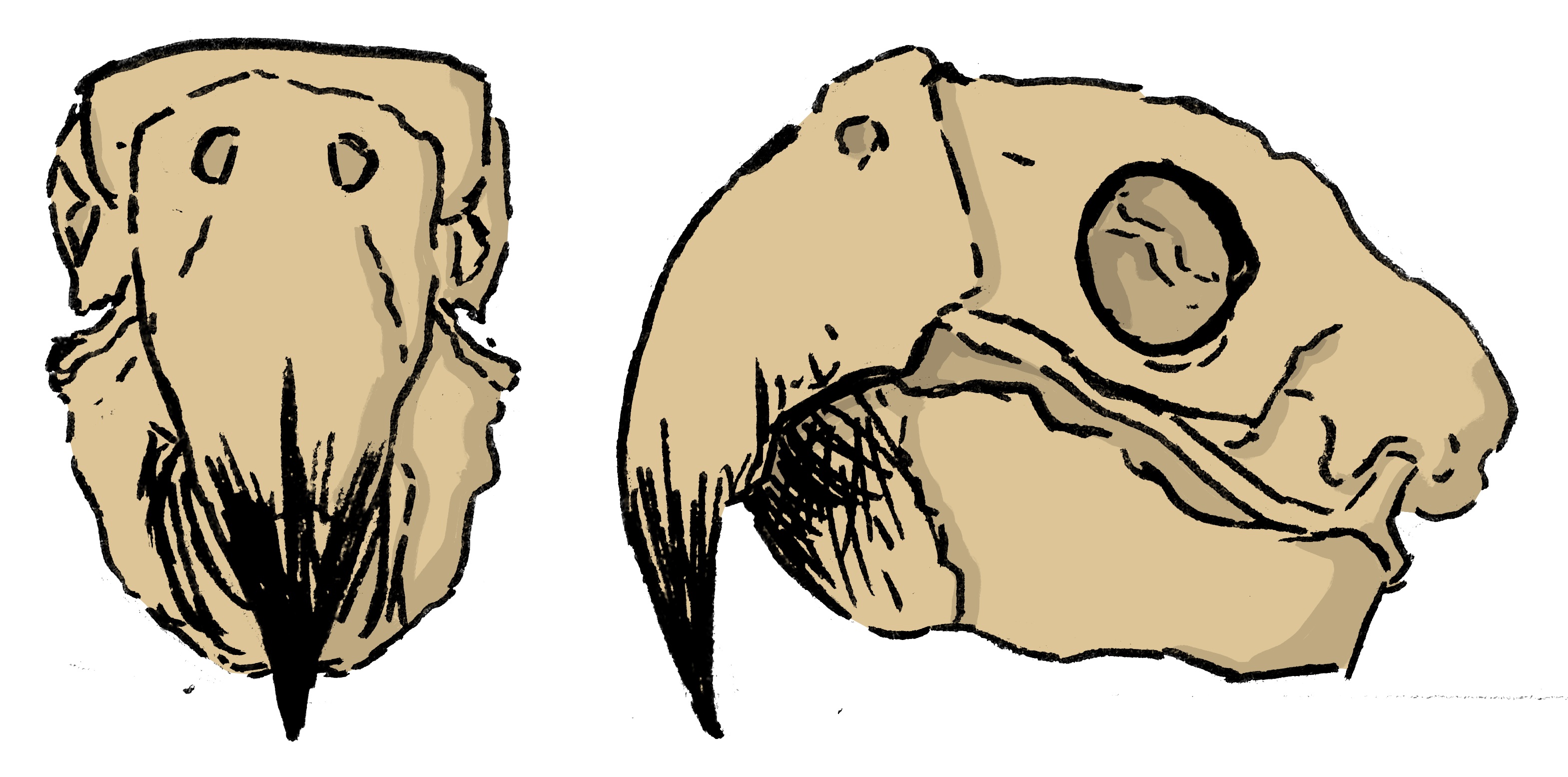
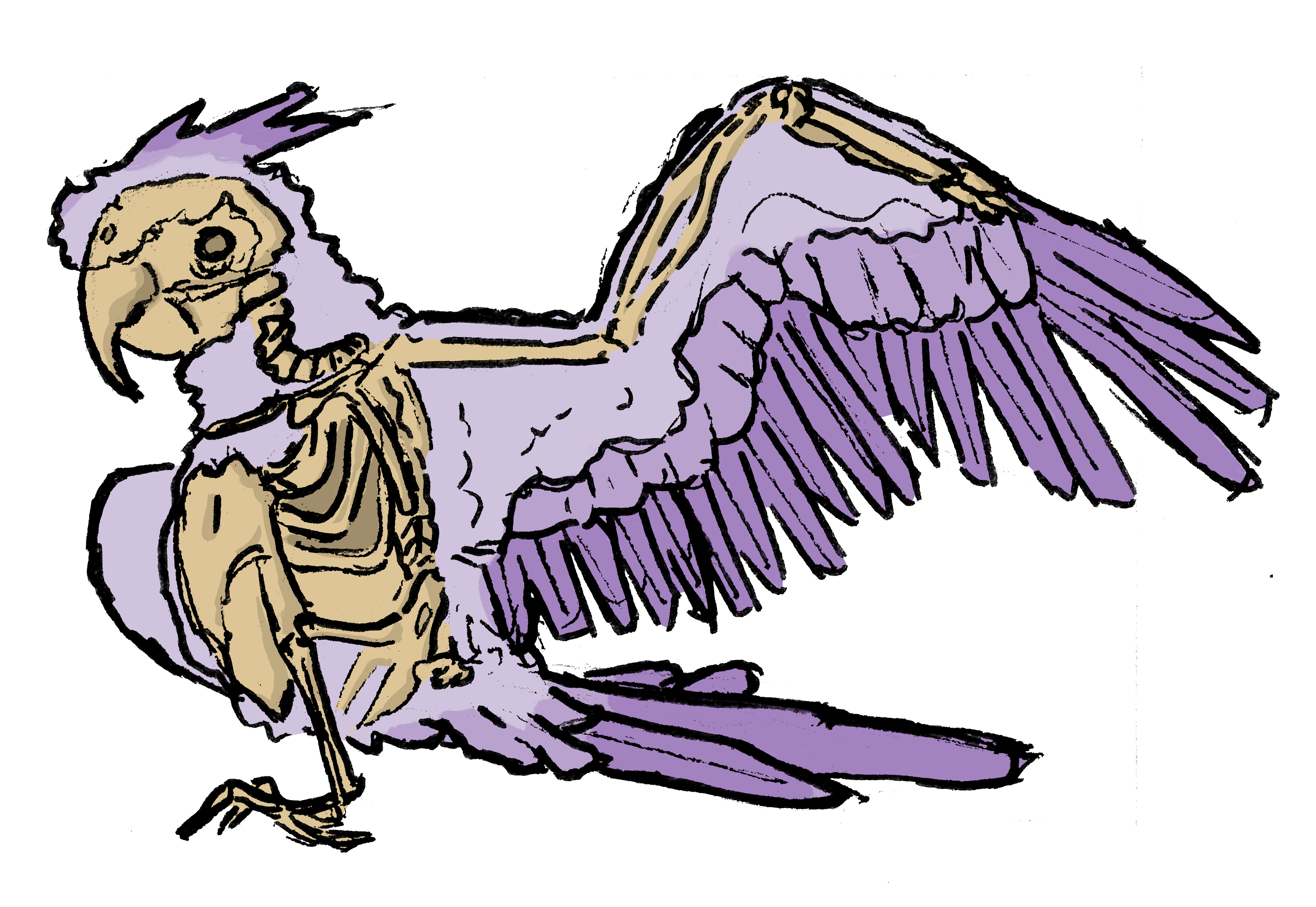



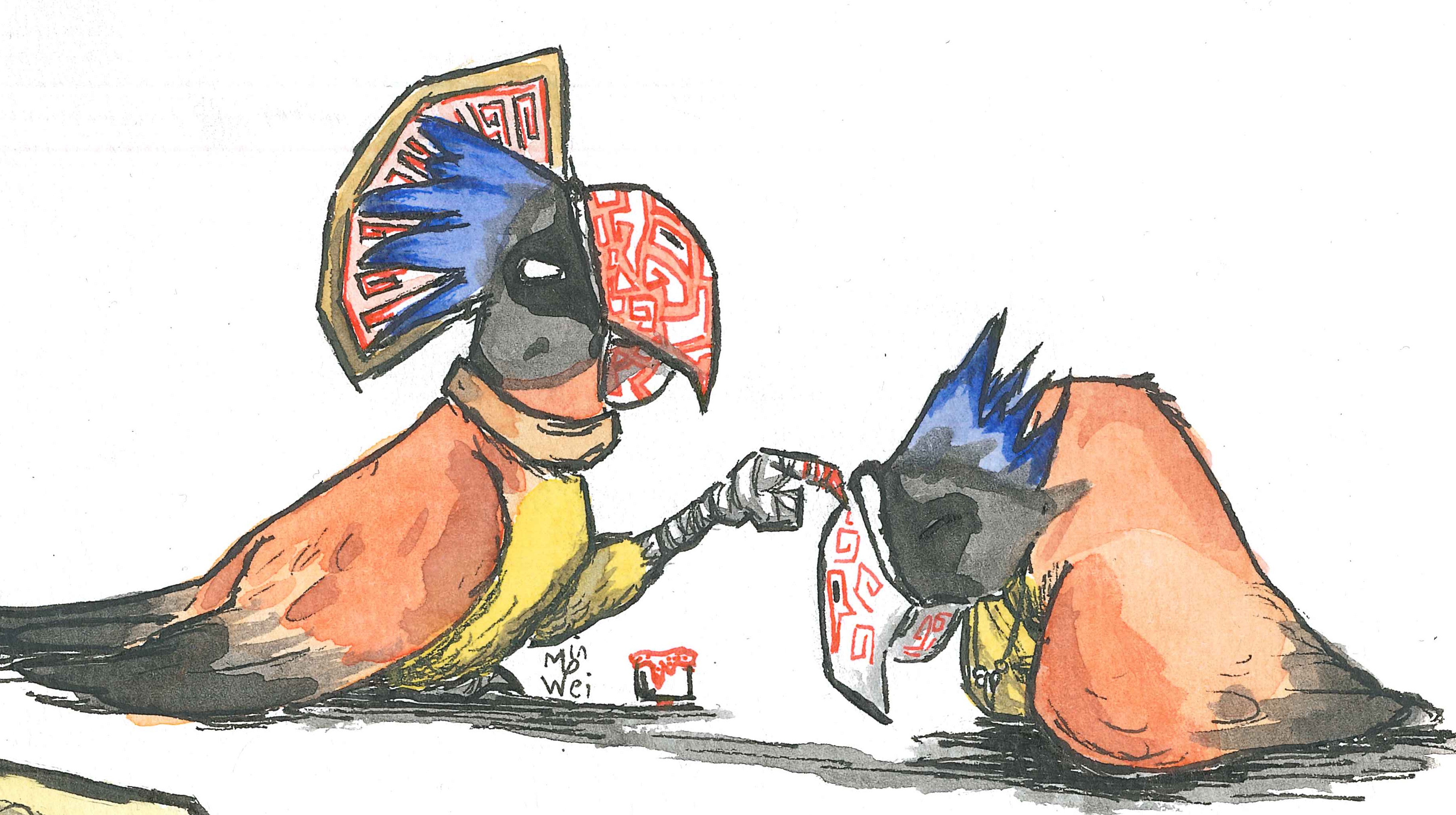

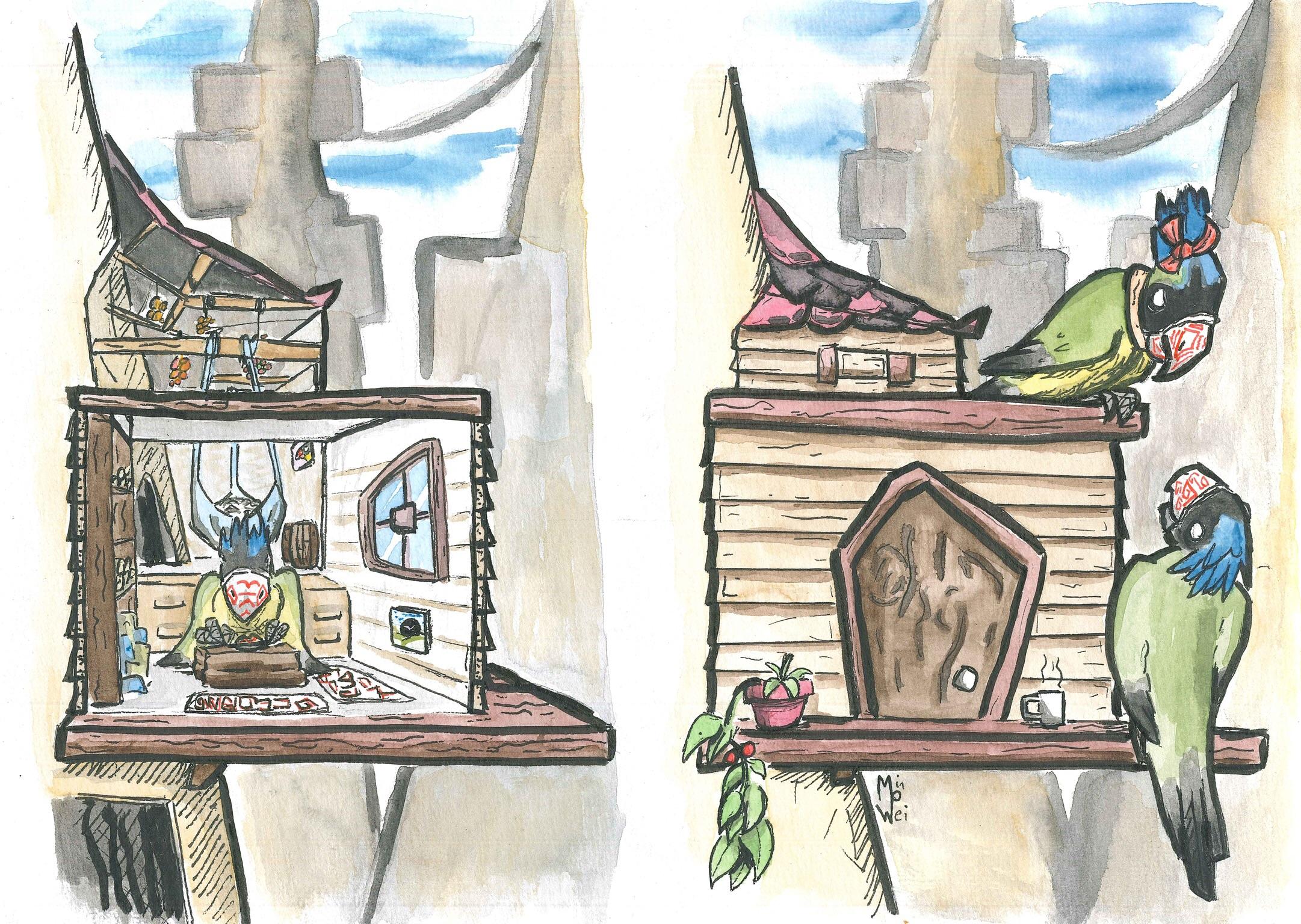
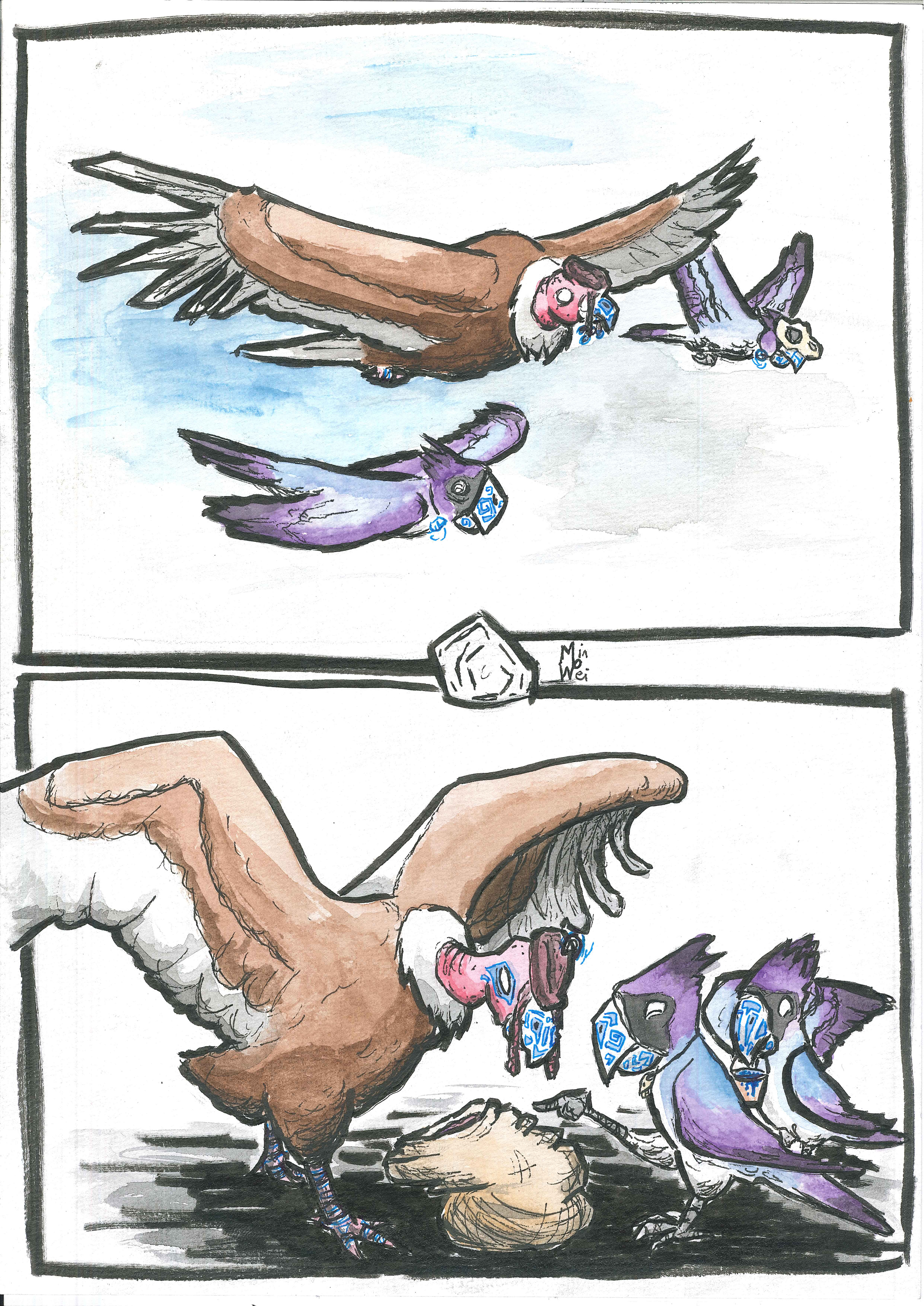

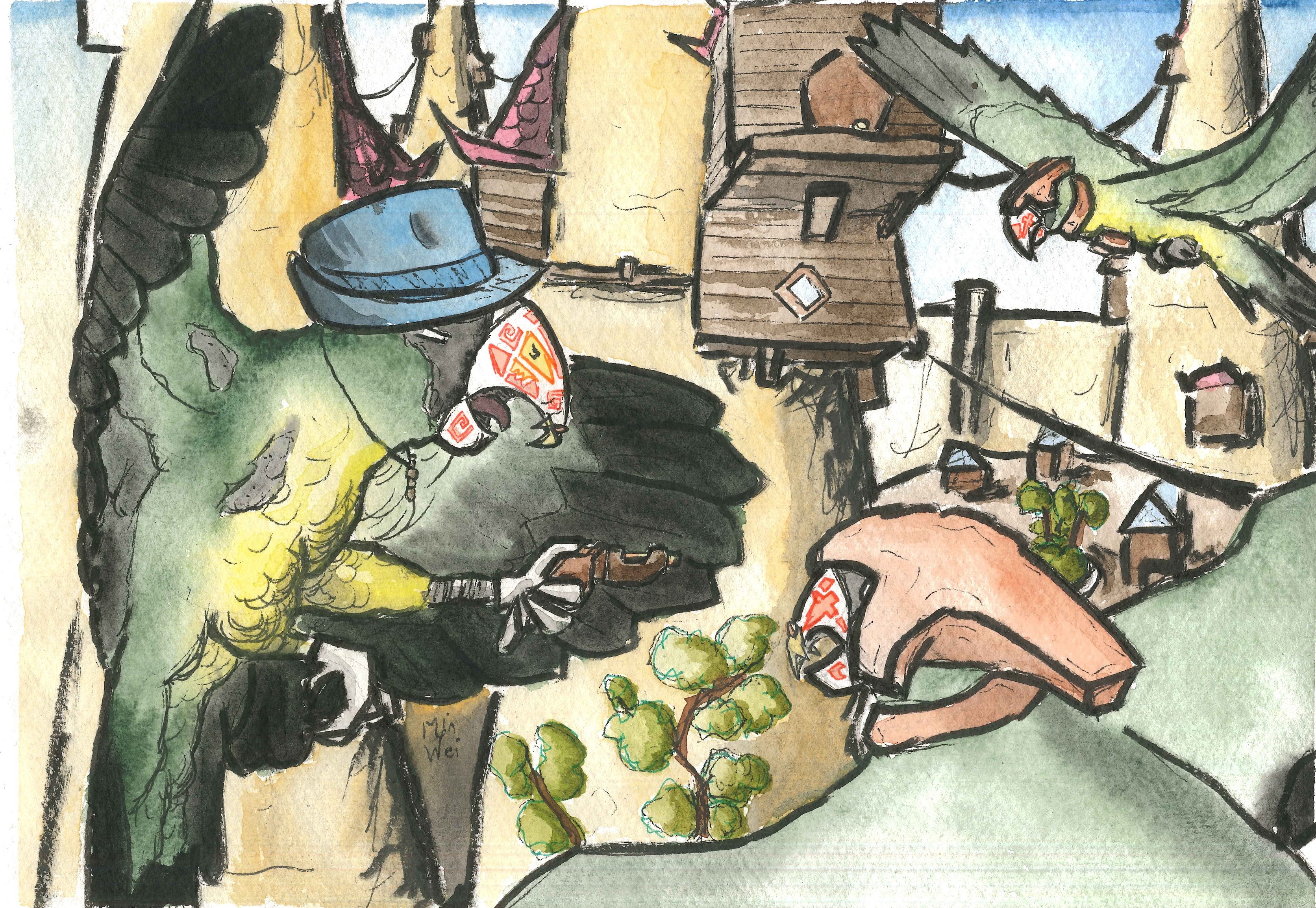
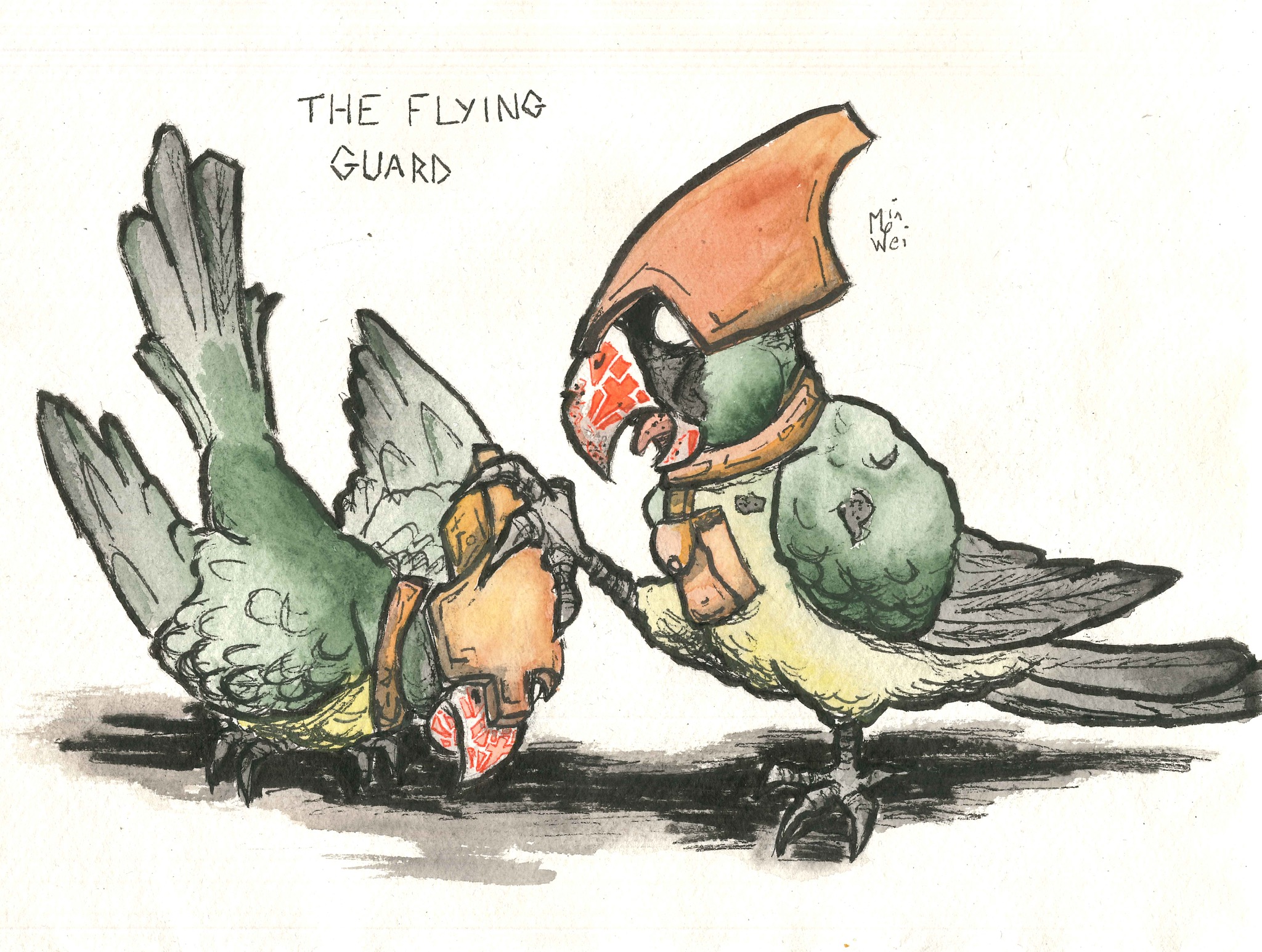
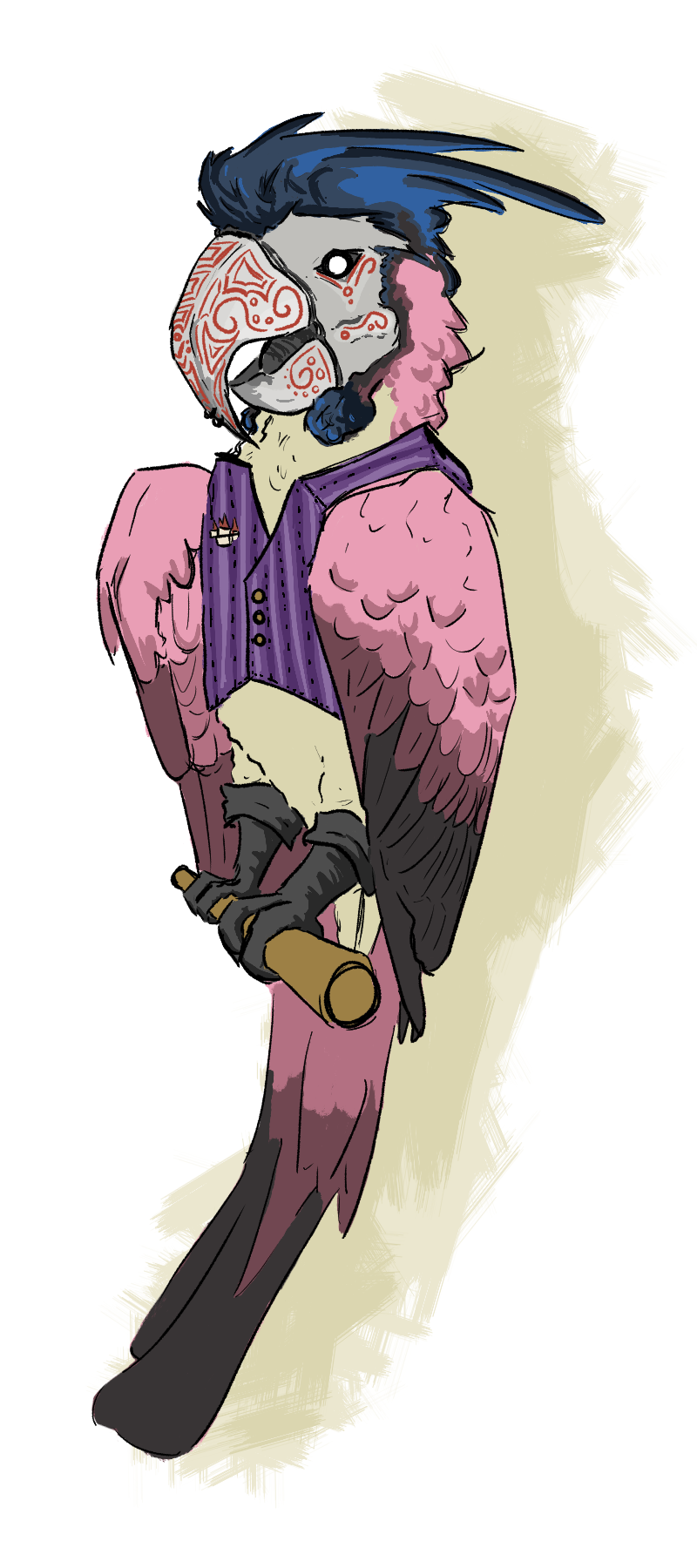
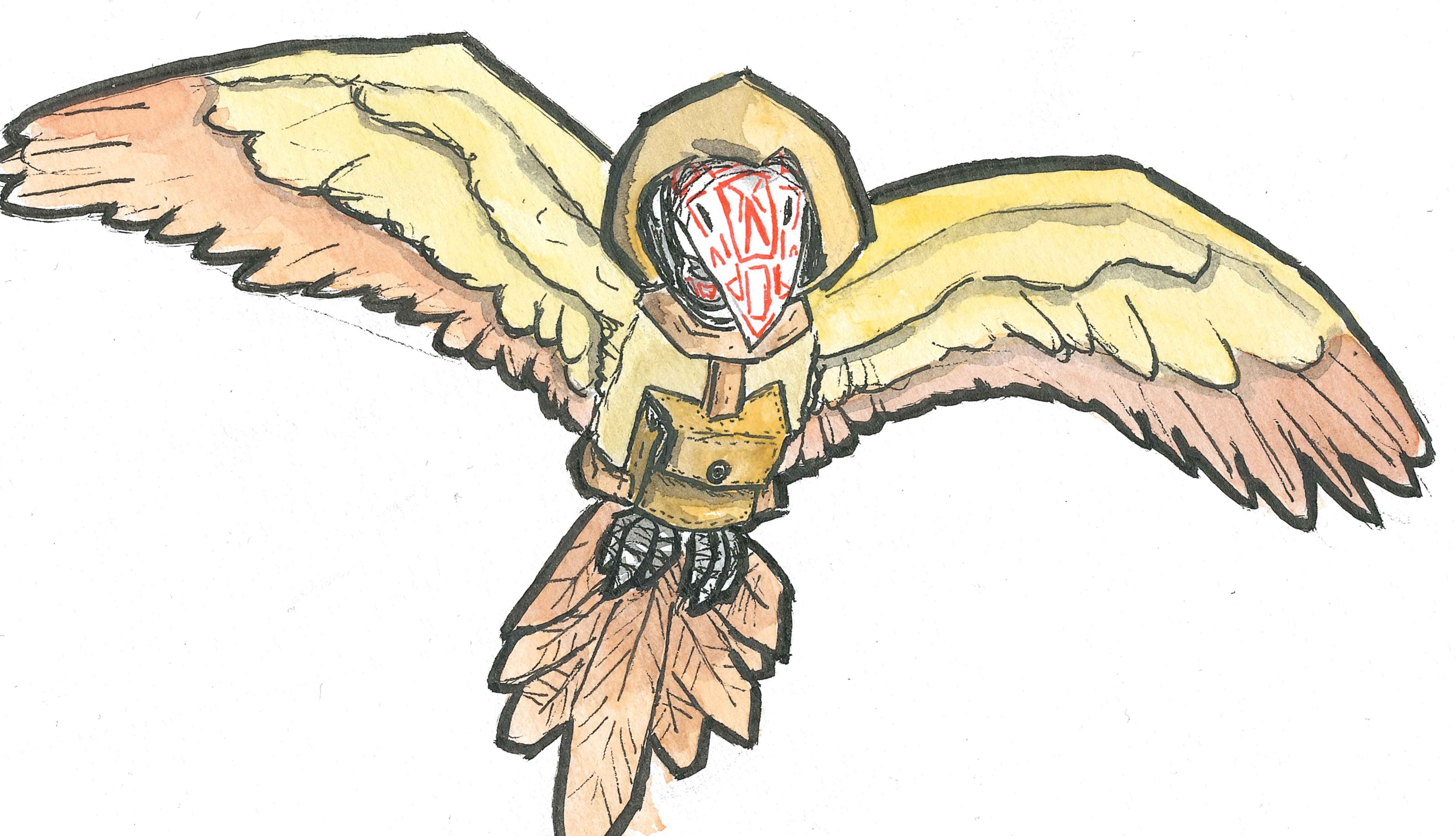

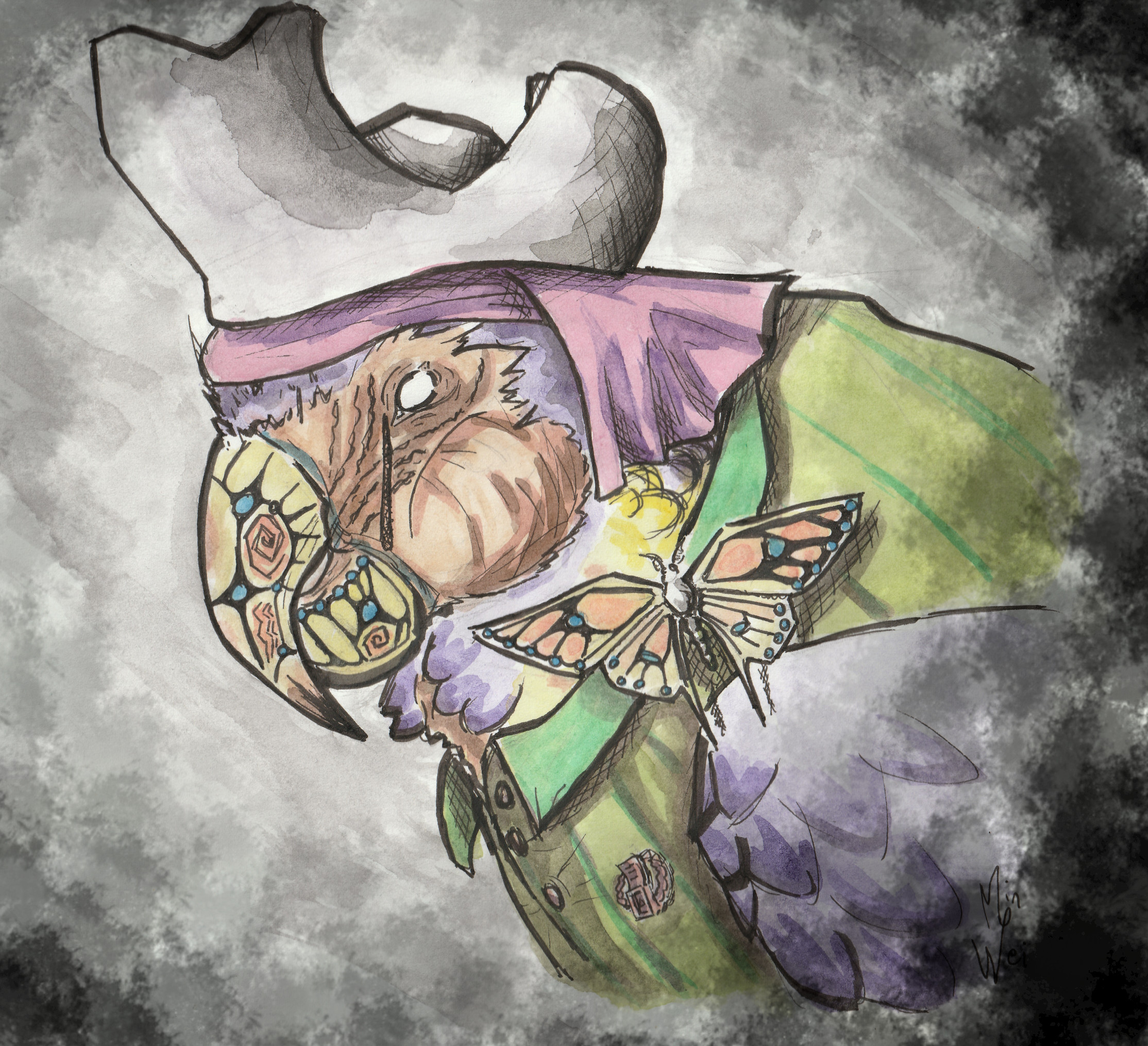



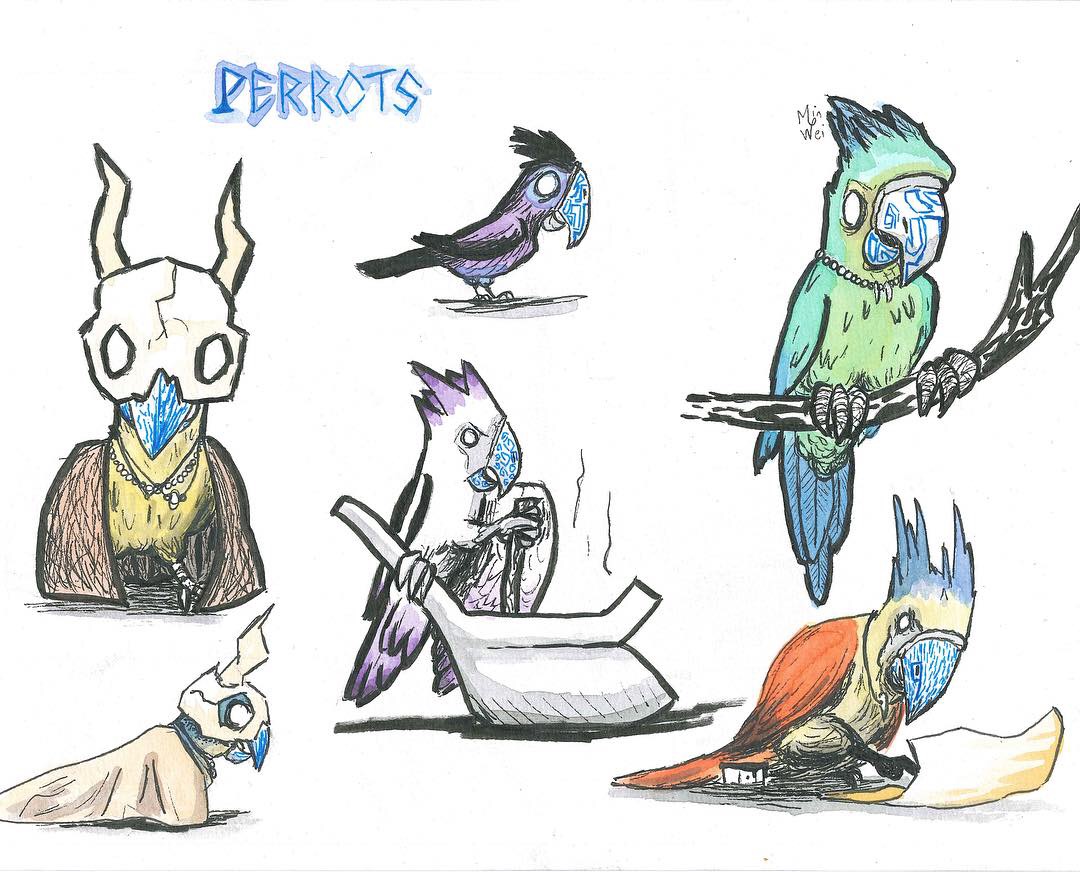


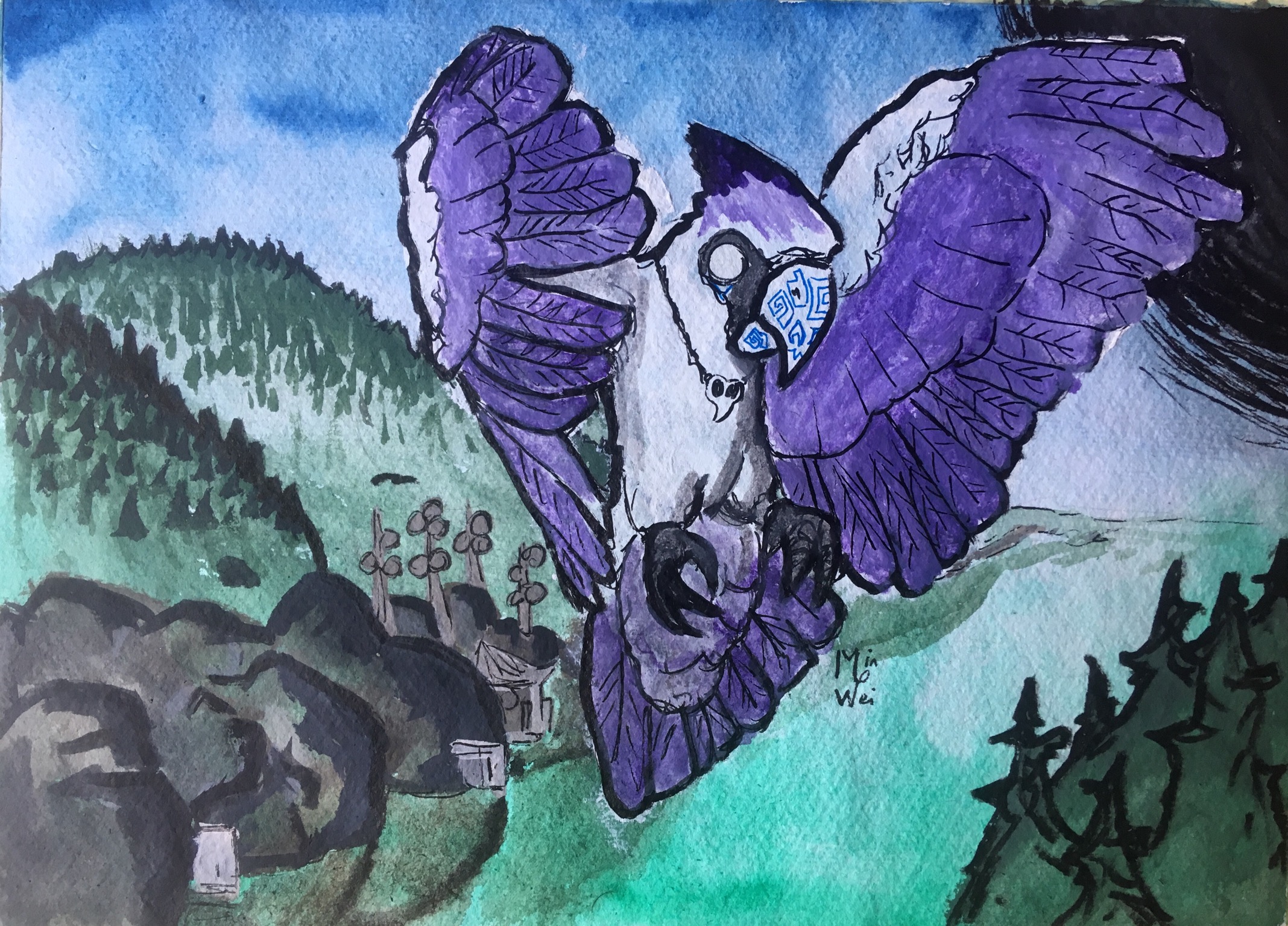

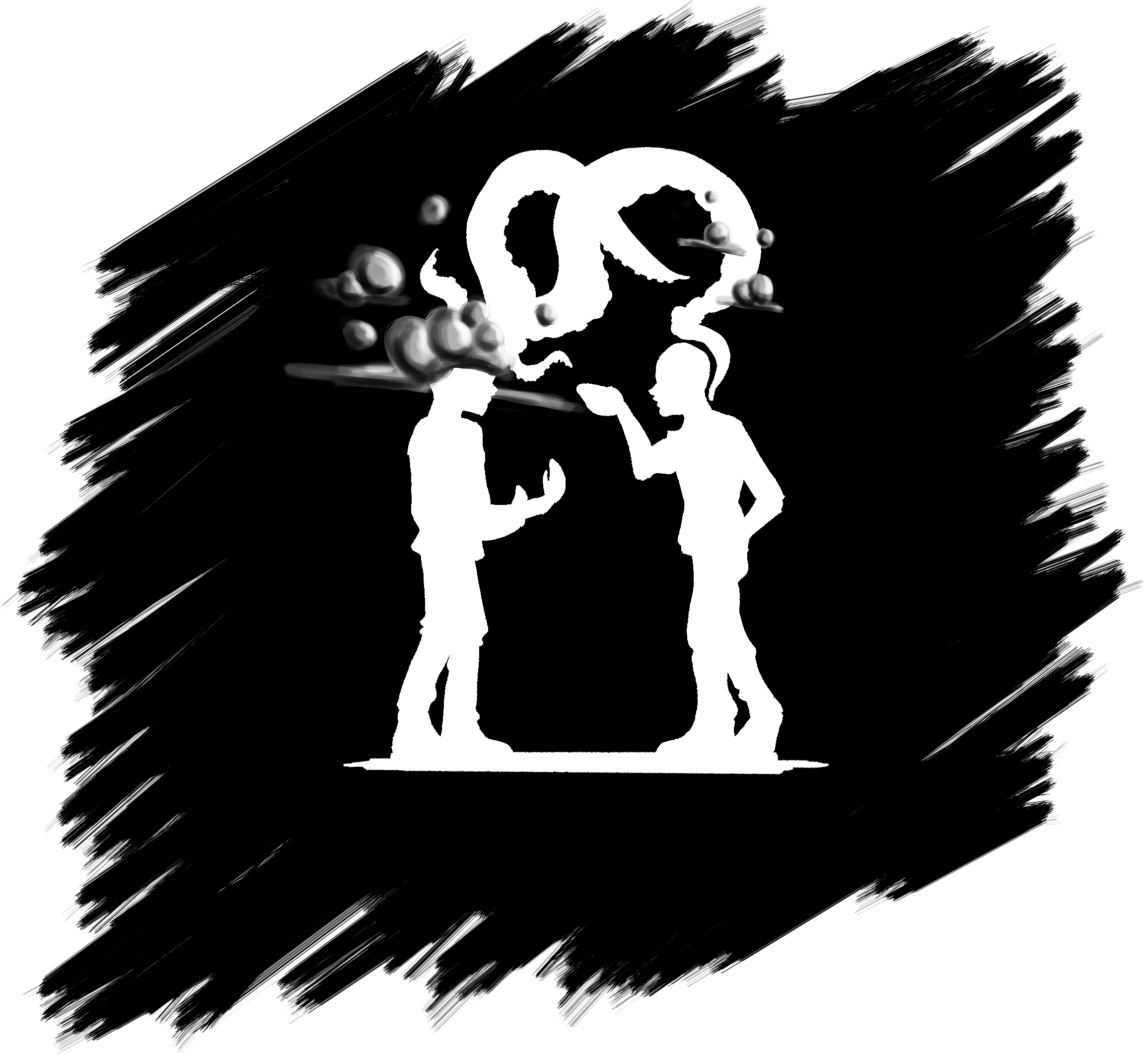
Wowie! All the art you've done for this article is absolutely amazing. The idea of having such a sentient creature still be able to exist in the body of a feral-looking bird (albiet with that big ol' brainy head) is great worldbuilding wise. It's a unique Idea, and one that I really enjoy!
Thanks! I'm glad you appreciate the artworks. Yes, the main idea of these is that birdkins are mostly just regular ol' birds, though they do have cognitive abilities closer to ours than what parrots typically have. Happy that you appreciate the idea!